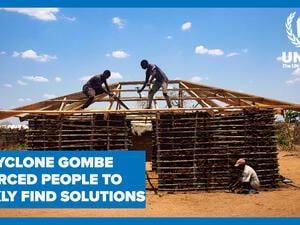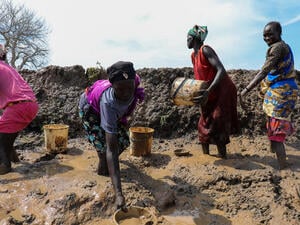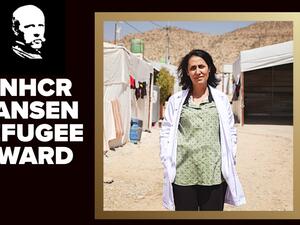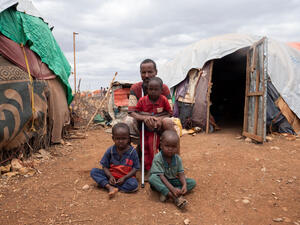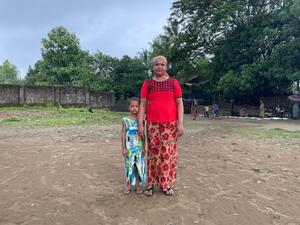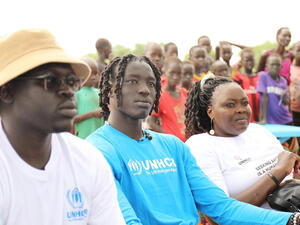Sri Lanka displacement update
Sri Lanka displacement update
With fighting now at an end in Sri Lanka's north, UNHCR is working with the government of Sri Lanka and other humanitarian agencies to provide urgently needed aid to hundreds of thousands who fled the former conflict zone in the last several months.
Some 300,000 internally displaced persons (IDP) are accommodated in the 40 emergency shelter sites spread across the districts of Vavuniya, Jaffna and Trincomalee. UNHCR and partners are carrying out emergency shelter work, regular non-food distributions and protection monitoring.
UNHCR and shelter agencies have erected some 8,800 emergency shelters and more than 14,000 tents so far and will continue to set up more as land clearance continues. This year alone, we have distributed some 66,000 bed sheets, 73,000 plastic mats, 31,000 kitchen sets, tens of thousands of hygiene kits and hundreds of thousands of men's and women's clothing and other items. UNHCR is transporting additional aid from Colombo to replenish stocks in the areas concerned.
We continue to work closely with the government to better respond to the emergency - from central government level to the local government officials who are involved with direct assistance activities on the ground.
The priorities are to decongest and improve conditions in the sites, stabilize the population and prepare for return. UNHCR is also in close dialogue with the government to ensure that the IDPs in the camps have freedom of movement. The government has taken positive steps on this front by releasing categories of persons with special needs, including the elderly and pregnant women, to specialized institutions as well as reunifying families separated during flight. We are encouraging the government to complete screening as soon as possible and separate the ex-combatants, so that the civilian population can be allowed to move freely in and out of the camps.
UNHCR's ultimate objective is to support government efforts to restore normalcy in the lives of this population by ensuring that they can return home as soon as conditions are in place. This includes addressing security issues; de-mining and removal of unexploded ordnance; village profile assessments and reconstruction of damaged homes; infrastructure and livelihood development; and reviving of the civil administration in the affected districts and provinces.

